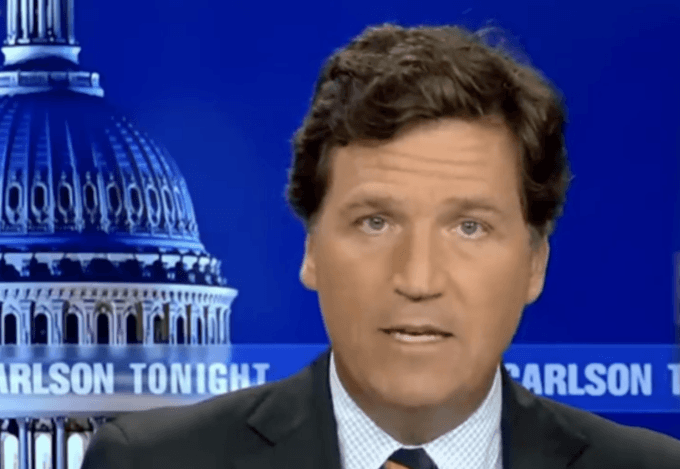NOVANEWS
The fact that the USA, despite it’s faltering domestic economy is spending as much on it’s military as the next eight largest powers combined should be noted as being particularly anachronistic – scarce funding for healthcare or a decent education system or good social welfare provisions but hundreds of billions for weapons.
Saudi Arabia being the third biggest spender should raise a few eyebrows – what do the intend to do with all these weapons? Maybe they will pass a proportion of them on to the various terrorist groups they have been financing? Maybe they are preparing to launch an offensive war? The latter might be fading as a possibility however, given the woeful performance of the Saudi military in it’s war on the Houthi tribesmen of Yemen.
As a Briton, living under ‘austerity’ for 8 years now, it really annoys me that my country is fifth on the list. We can’t afford to pay our doctors and nurses properly, we can’t find the cash to keep our vital steel industry going, but we can afford to spend 55.5 billion on our military. Clearly this situation is not right.
__________
23 April, 2015, Martin Matishak, The Fiscal Times
The third biggest military spender in the world is not who you’d think
Global military spending increased to $1.7 trillion in 2015, with the U.S. being the biggest spender by a wide margin.
A recent report from the Stockholm International Peace Research Institute shows that military expenditures across the globe climbed by 1 percent from the previous year, the first such increase since 2011. The growth was driven by spending in Central and Eastern Europe, Asia and Oceania, and some states in the Middle East, according to the study.
Overall, military expenditures were equal to 2.3 percent of the global gross domestic product.
The data is culled from various sources, including a questionnaire that is sent out annually to national governments. Some countries, such as China, do not participate and estimates are used. A handful of countries, including Cuba and Uzbekistan, are excluded due to a lack of trustworthy data.
The report attributes the uptick in spending to a number of complex conflicts currently playing out around the globe, including: the battle against the Islamic State forces in Iraq and Syria; Chinese expansion in the South China Sea; the Saudi-led war in Yemen; heightened fears of Iran’s military; and Russia’s annexation of Crimea and continued support of separatists in Ukraine.
Of the 15 countries detailed in the report, the largest growth was by Australia at 7.8 percent, while the biggest decrease was by Italy at –9.9 percent.
Here are the world’s top military spenders:
The United States. With $596 billion for defense in 2015, the U.S. was the largest spender by far. However, the huge price tag was actually a drop of 2.4 percent from 2014, though that’s a slower rate of decline than past years. Still, the U.S. spent nearly as much on its military as the next eight biggest militaries combined.
China. Beijing came in second, as it did in 2014, with an estimated $215 billion in spending. That figure represents an increase of 7.4 percent from the previous year, although the rate of increase is beginning to slow in line with the country’s weakening economic growth.
Saudi Arabia. Coming in at third with spending of $87.2 billion, Saudi Arabia overtook Russia, mainly due to the fall in the value of the ruble. Additionally, Riyadh’s military campaign against Yemen’s Shiite rebels and their allies has led to billions of dollars more in purchases.
Russia. The fourth-largest spender at $66 billion, the fall in oil prices meant that the country’s increase of 7.5 percent in 2015 was considerably lower than projected in its budget, according to SPRI.
“The economic crisis related to falling oil and gas prices, coupled with economic sanctions, dramatically reduced Russian Government revenues,” the analysis states. “Actual military expenditure was 3 per cent lower in 2015 than originally planned.”
United Kingdom. The drop in the value of the euro was a major factor in France falling into seventh place and the United Kingdom climbing to fifth, with $55.5 billion in spending.




